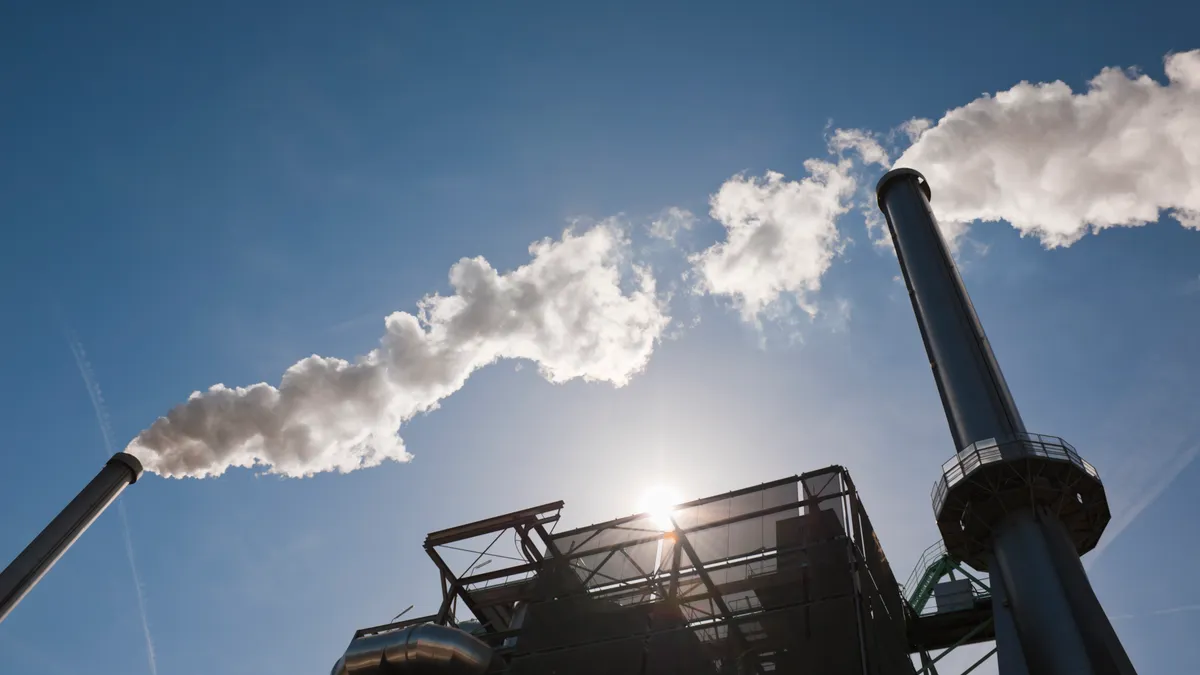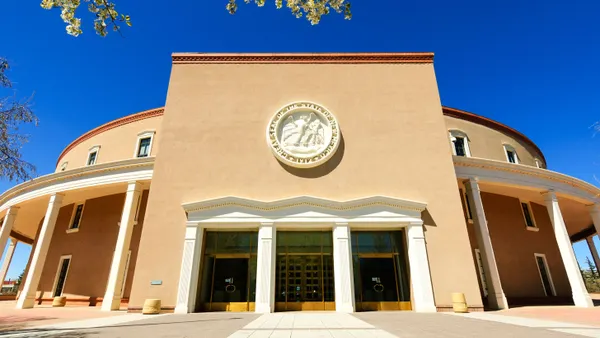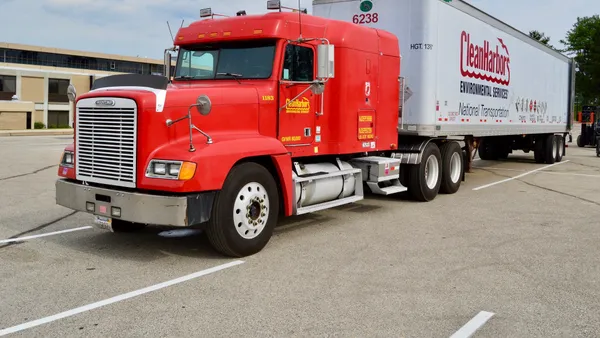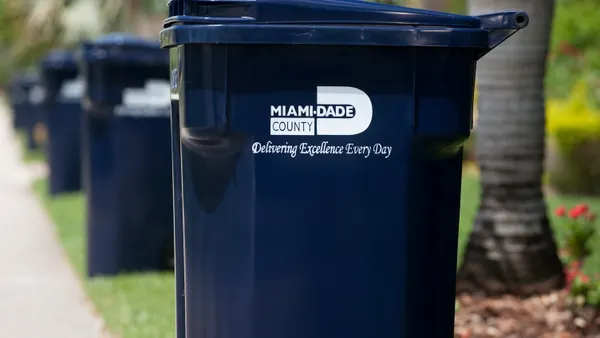Dive Brief:
- The U.S. EPA announced a proposed consent decree with environmental groups over its emissions regulations for several categories of waste incinerators, bringing a five-year legal saga closer to resolution.
- The agreement would require EPA to establish federal rules for commercial and industrial solid waste incineration facilities by Sept. 16 for states that have not submitted their own plans for the facilities.
- EPA is also required to publish a proposed rule for other “very small” or institutional incinerators by June 30, 2026, and finalize that rule a year later. Those facilities are categorized as “other solid waste incinerators” under federal law.
Dive Insight:
The EPA has been playing catch up on a variety of emissions regulations over the last year, including on landfills and incinerators. The Biden administration has stated that addressing pollution near frontline communities is a priority, and research has shown that incinerators are often placed in disadvantaged areas.
Last year, the EPA struck an agreement with a coalition of environmental groups to move ahead with its rulemaking process for large municipal solid waste incinerators, a separate category of facilities from those impacted by this week’s proposal. The agency issued that proposed rule in January, more than a decade after it was due.
Commercial and industrial solid waste incineration facilities are regulated as their own category of incinerators by EPA and include facilities like cement kilns, air curtain incinerators and other facilities that burn non-hazardous specialized waste streams. There are 163 such facilities across 21 states, according to EPA data.
The agency sets two kinds of air regulations for these facilities: New Source Performance Standards for new facilities and Emissions Guidelines for existing facilities. Under the Clean Air Act, the EPA is required to regulate nine pollutants through those rules: particulate matter, carbon monoxide, dioxins/furans, sulfur dioxide, nitrogen oxides, hydrogen chloride, lead, mercury and cadmium. It first set NSPS and EG rules for commercial and industrial incinerators in 2000.
EPA most recently proposed NSPS and EG rules in 2016, and it updated the rules in 2017 and 2019. The amendments provided additional reporting flexibility for mercury emissions from cement kilns and provided additional leniency in the compliance demonstration process for various kinds of incinerators.
States are meant to ensure covered facilities follow those minimum standards, or more stringent standards, and must tell the EPA whether they have or have not implemented an enforcement plan. EPA, in turn, must set a federal plan to enforce the minimum standards for facilities that are located where no such state plan exists. EPA proposed a federal plan to enforce those standards in 2017.
But in the Sierra Club’s initial complaint, filed in 2023, its lawyers said EPA had yet to finalize that federal plan, leaving about 80 facilities essentially following earlier regulations set in 2000. The group noted that EPA had previously acknowledged that enforcing the plan would reduce 16,102 tons of pollution per year, including sizable amounts of carbon monoxide and sulfur dioxide.
The consent decree would compel operators of existing commercial and industrial solid waste incinerators to begin complying with the EPA’s federal plan as soon as they can once it’s finalized. Operators of other solid waste incinerators would be expected to do the same under the timeline set by the decree.











